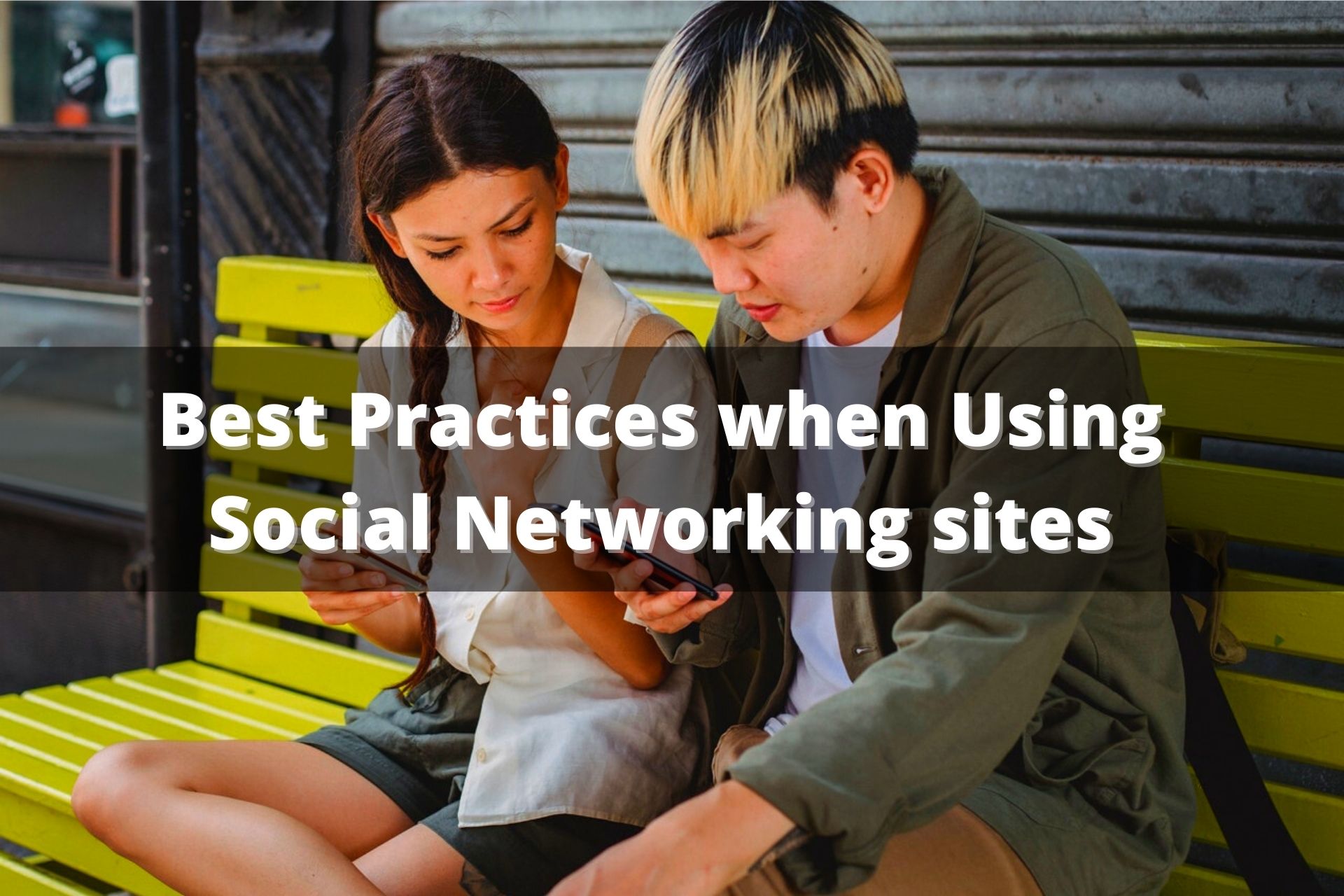Social networking sites and other forms of social media are becoming more and more prevalent in today’s world, and it’s vital to realize that if used excessively or negatively, they may cost you a fortune.
As a result, be sure to limit your use of social networking sites to making social relationships, which is what they were designed for.
We thus made the decision to include some of the Best Practices when using social networking sites in our discussion today. In order for us to advance in this quickly expanding world while preserving knowledge of these kinds of social networking sites and safe practices.
A social networking site is a digital platform where members may connect with one another and build public profiles.
On social networking platforms, a new user often has the option to list the persons they are connected to, and those people can then either confirm or deny the connection.
The new user can search the networks of connections once connections have been made in order to build new connections.
A social networking site is sometimes referred to as a social website or a social networking website.
While some social networking sites, like LinkedIn, are used to make relationships in the business world, others, like Facebook, blur the lines between personal and professional use.
Countless networks are also created for a particular user base, such as traders in financial markets or cultural or political groups operating in a particular region.
Let’s explore the distinction between social media and social networking presently. While these two words are related, they are not the same. Let’s put this confusion to rest once and for all.
Social Media vs Social Networking
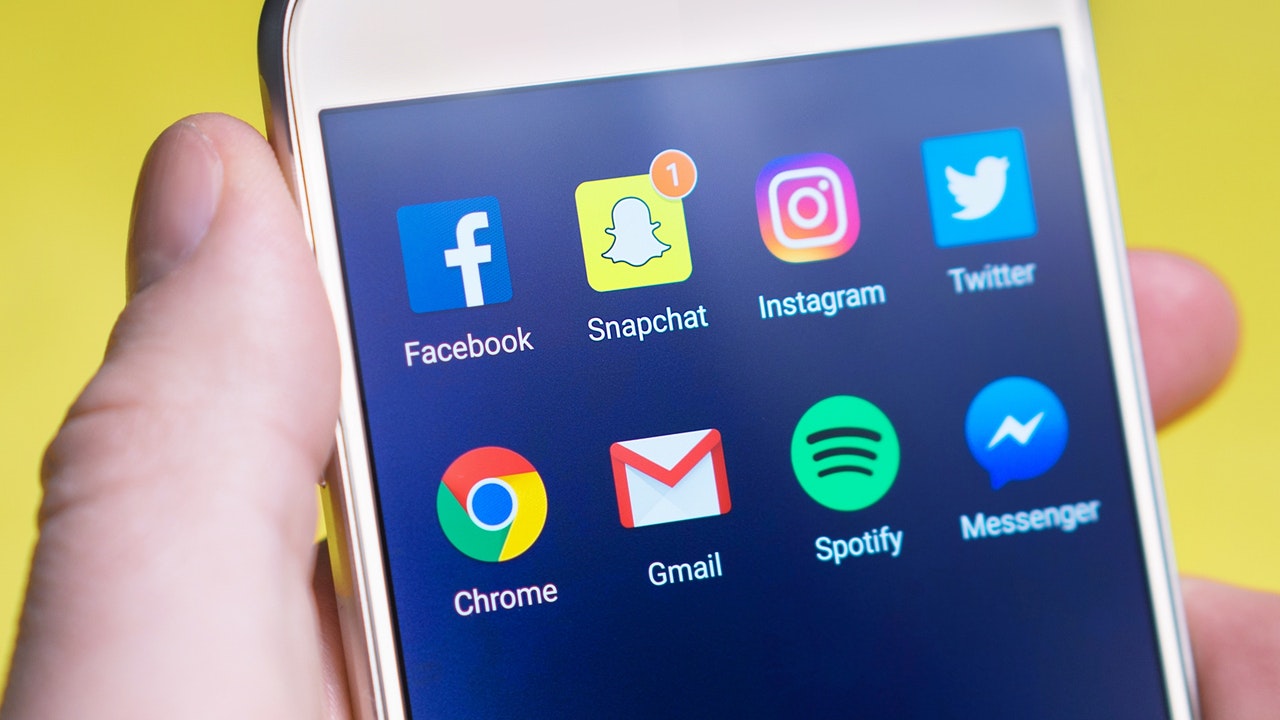
The distinction between the two is that social networking is used to create a network of individuals, whereas social media is mostly used for communications.
Like digital or print media, some individuals also think of “social media” as a noun and “social networking” as a verb.

Facebook’s groups, where users consciously connect one another to a network in groups, would therefore represent its social networking component.
The social media element would be a page or wall of a person where the conversations are obviously public and available to all users without a specific network in mind.
Best Practices when using Social Networking sites
-
Take control of your privacy settings
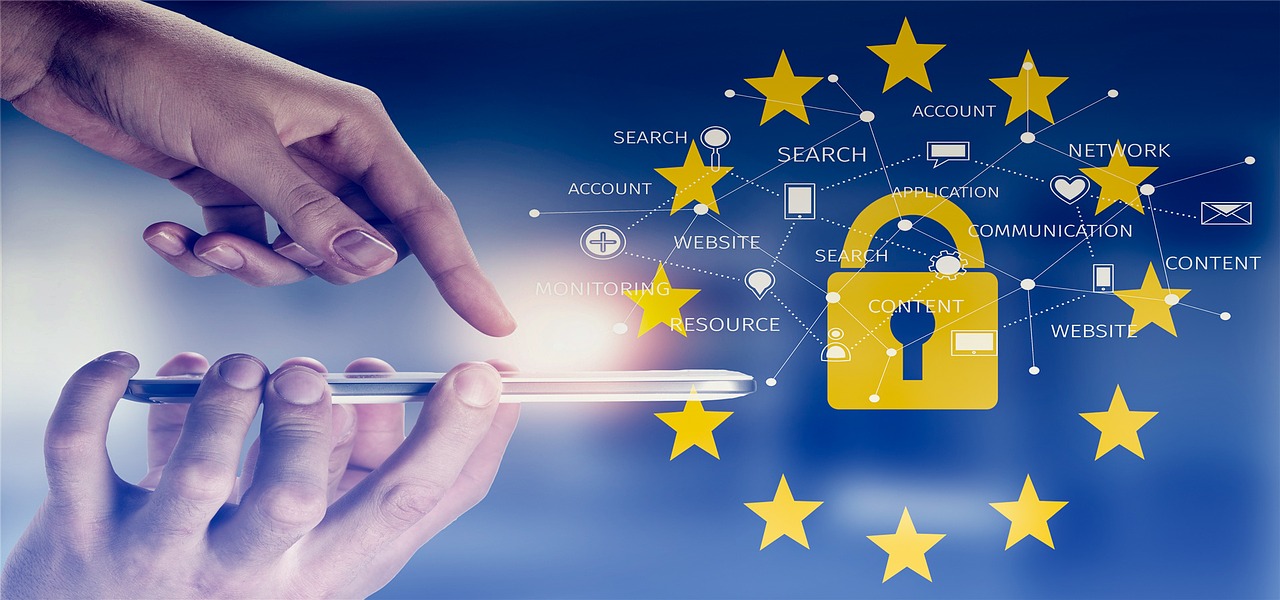
Take time to familiarize yourself with how to utilize the privacy and security settings on your social networking sites.
They enable you to positively manage your online experience and control who may view the content you upload.
Most social networking websites feature default or pre-set privacy settings. It’s common for people to believe that the current situation is adequate and to never make an attempt to improve it.
By changing their privacy settings, users may prevent outsiders and those they are not friends with from accessing their personal data and information.
Privacy settings can always be changed, but doing so requires logging in as the account holder.
-
Maintain Control Over Comments
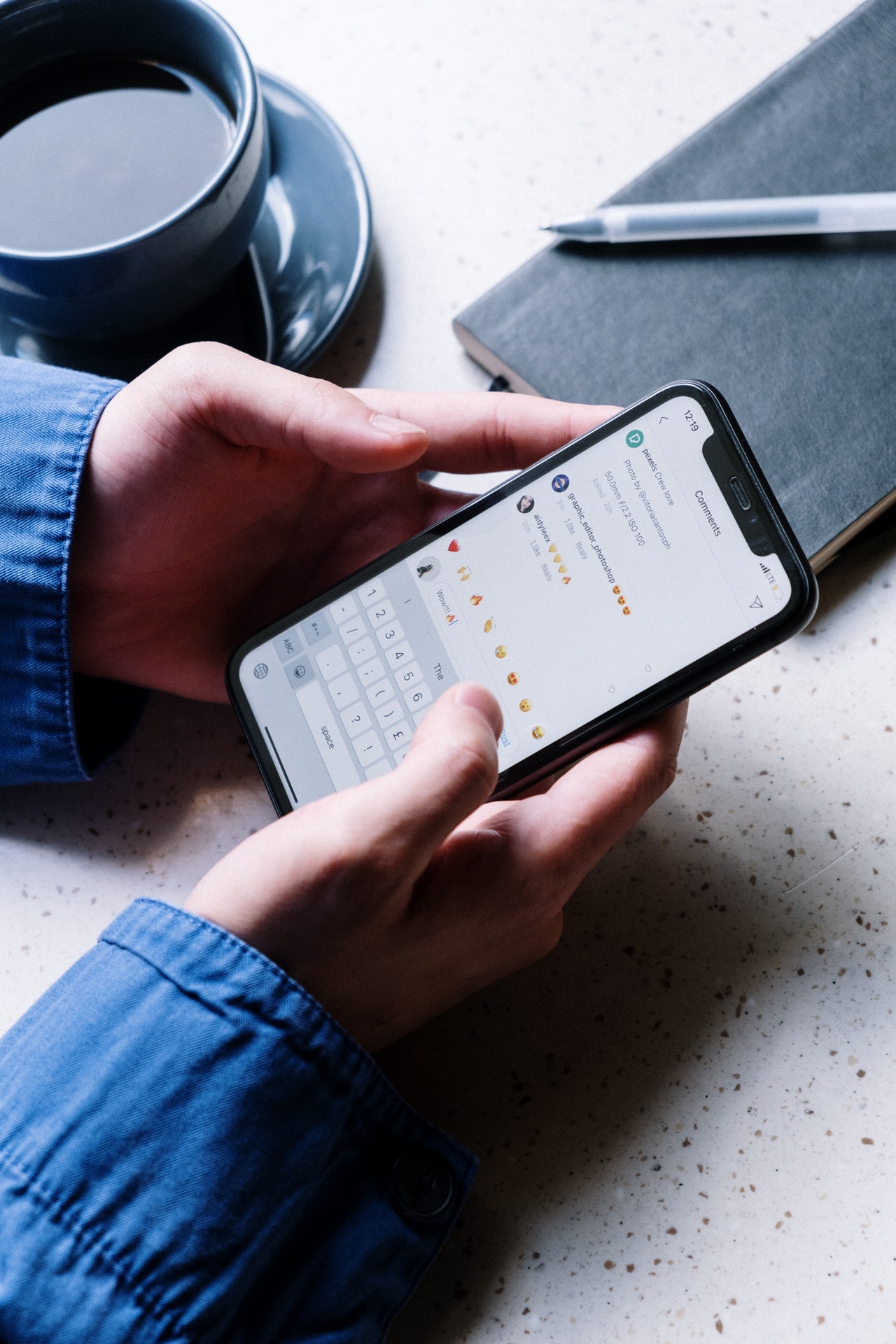
Impersonators should be avoided. When it comes to comments on networking websites, impersonation might be a concern. Online impersonators are typically deleted with a simple request from the victim.
Although this might be a hassle, social media platforms are starting to demand commentators to go through an authentication procedure in order to determine if they are registered members or not.
-
Remember: once posted, always posted

On social media, guard your reputation. What you publish online is permanent. Be careful before publishing any images or posts that you wouldn’t want your parents or potential employers to view.
Information that has been uploaded to the Internet via social networking, tweeting, etc. cannot be deleted after it has been once uploaded. However user can delete his post but once data is uploaded it always remain in the respective databases.
In rare cases, the data may even be screen-shotted and used on blogs or news websites.
Depending on what was initially disclosed, the material may be harmful for one’s chances of finding employment or a partner in the future, or it might put one at risk of criminal activity.
-
Don’t reveal personal information

Websites for microblogging promote sharing of in-the-moment experiences and slices of life. People who like these kinds of social interactions may discover that they are disclosing too much about what is going on, which makes them the perfect target for thieves and other crooks.
A renowned American socialite named as Kim Kardashian experienced something similar once. A few days before to her trip to Paris, she allegedly shared an Instagram photo of her engagement ring. A jewellery box worth $6.7 million was stolen, out of which the pricey ring alone was worth $4 million.
A person should not provide information that notifies criminals to their presence or other acts since these networks are available to nearly everyone.
-
Maintain a credible Internet presence

Recruiters react favourably to a strong, favourable personal brand online, according to recent study. So, show off your skills and display your command of the surroundings.
-
Analyze Your Own Account
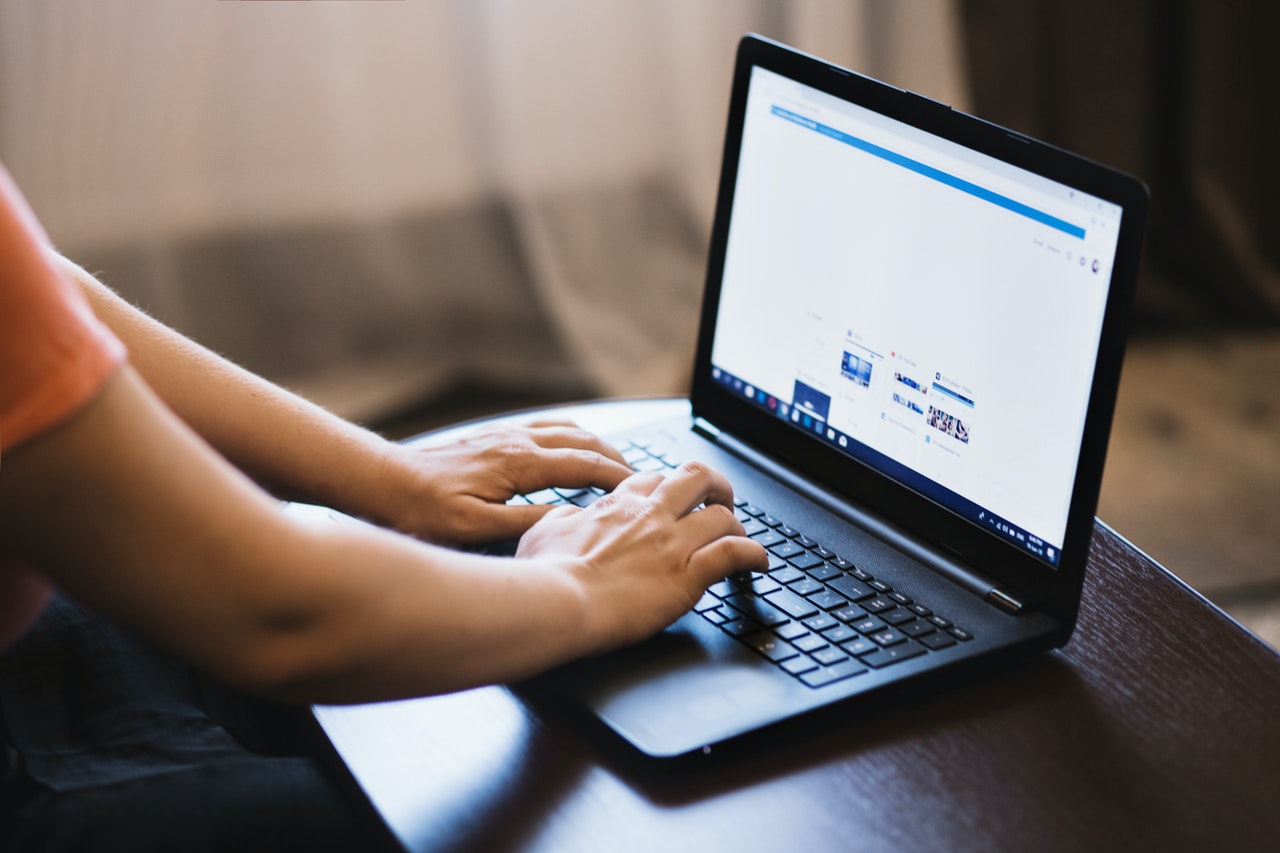
Search for your profile from the perspective of someone who is performing a search in order to ensure the security of your account.
This action will inform the account user of who else may see what. One will be able to check to see if any fake accounts have been created in his or her name by utilizing a search engine to look up their profile.
-
Control the Information Shared with Outside Sources

A user should be aware of how a social networking site utilizes their personal data before signing up. Personal information about a user may be sent to partners, advertising, or other outside businesses.
Reading the social networking site’s privacy statement will detail how personal data is utilized.
Unfortunately, before accepting these regulations, many often skip over them.
Note: In the event that a firm is sold, the privacy conditions should be reviewed again because these regulations may change.
-
Protect your computer
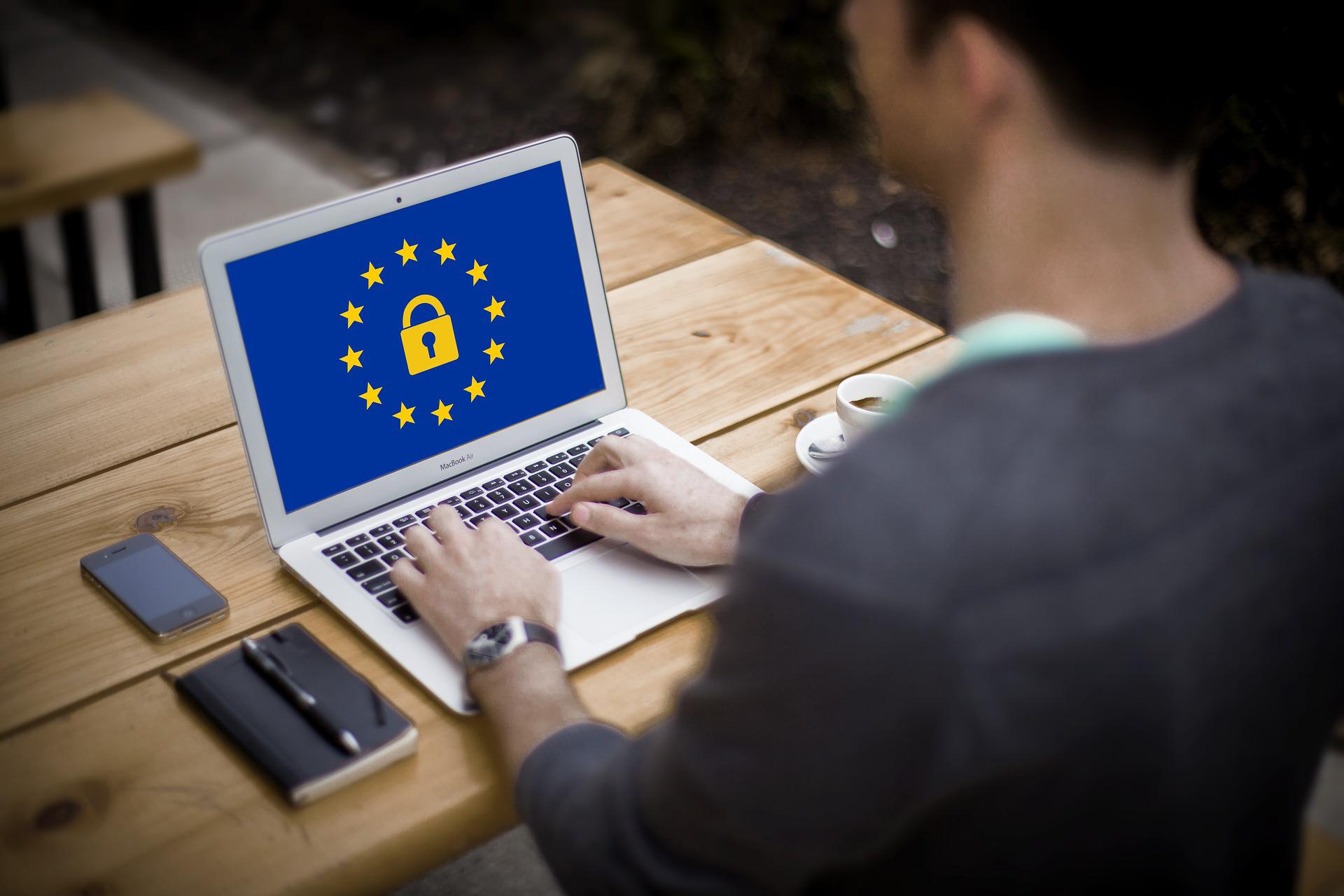
The first step in security is to secure your computer. Software antivirus installation. Update your web browser, operating system, and other applications often.
The most recent Windows security updates may be downloaded automatically by using the Pitt Software Update Service.
-
Open ID for single-Sign-On

People can lessen the possibility that their credentials will get into the hands of identity thieves and hackers by using a single sign-on for numerous services.
The most popular single sign-on method for managing numerous accounts is OpenID.
-
Know what to do and how to block obnoxious followers

Block the person, delete them from your list of friends, and report them to the site administrator if they are harassing or threatening you.
Almost all social networking sites provide users a means to shield themselves from unwanted attention or abuse. An individual should become familiar with the blocking process before joining a social network.
A person who has been blocked will no longer be able to interact with that person after the blocking has been done.
-
Use strong passwords
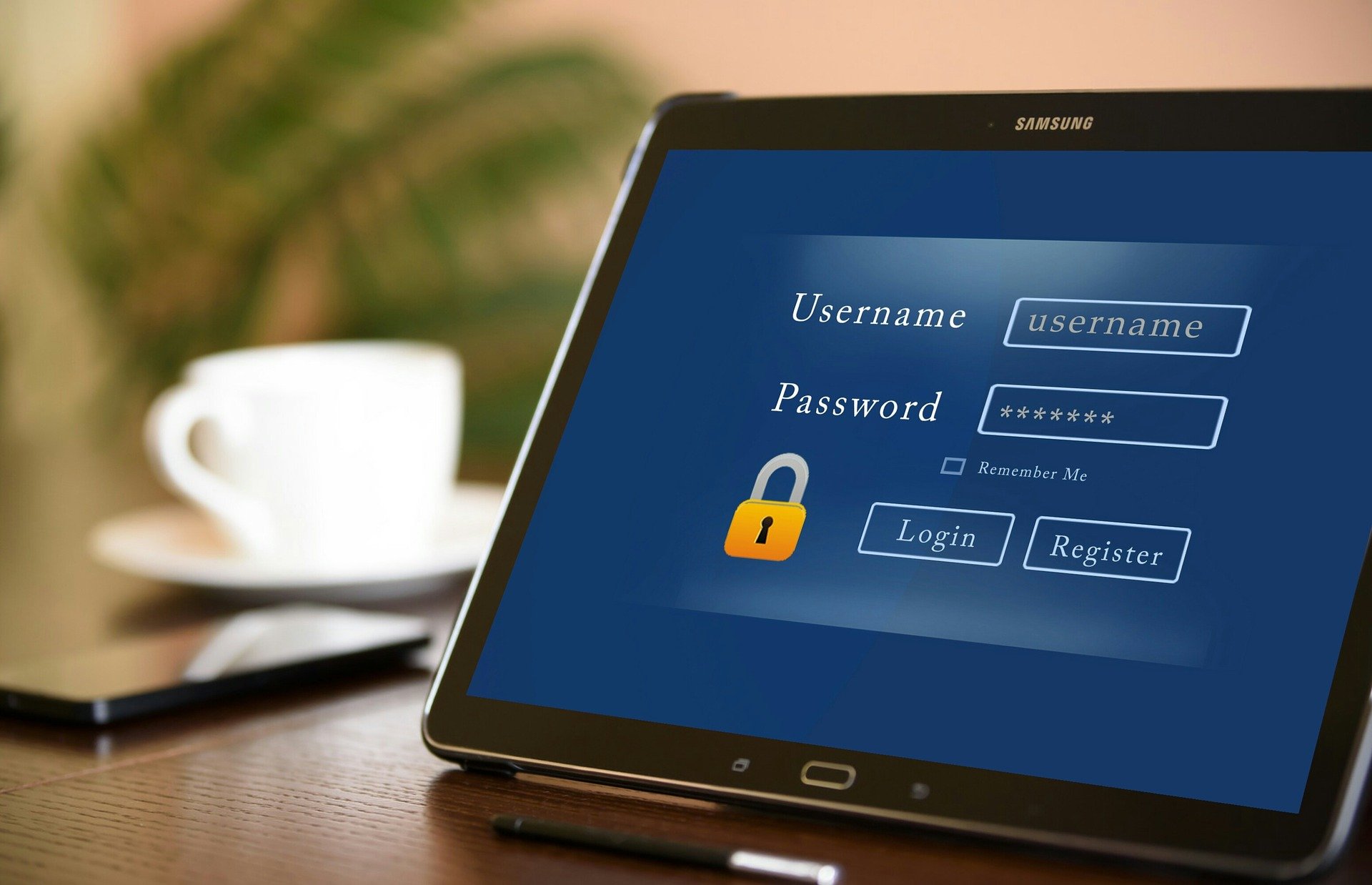
Make sure your password is at least eight characters long and a mix of letters, numbers, and special characters (like +, @, #, or $).
The security of one’s social media account is just as crucial as the security of their computer or any other account.
By choosing a secure password, one can stop hackers from utilizing their account to publish spam or harmful assaults. A password generation tool may be useful.
-
On social networking sites, use caution
Even URLs that appear to be from friends might contain malicious software or can be a part of vishing attacks.
Read more: How to Identify a Vishing attack
Do not click it if you have any reason to be suspicious. Make contact with your friend to first confirm the legitimacy of the link.
-
Verify the Person You Are Connecting With

There are several reasons why someone could create a fraudulent account.
It’s crucial to verify with the person in question for confirmation if there is ever any doubt as to whether an account that purports to be from a friend is genuine.
These accounts could have been created as part of an effort to falsely claim to be someone else. This might be done to make someone look bad or to cause issues that are either personal or legal in nature.
False accounts may also be created with the goal to conduct fraud or to direct users to harmful websites.
Avoid adding too many friends. It might be thrilling to make new “friends” or followers when participating in social networking sites.
-
Keeping Work History Information Limited

People are permitted to publish resumes and other information related to their employment history on some social networking sites, such as LinkedIn.
Work-related information can expose much too much about a person’s private life and can allow hackers and other criminals access to personal data that might be used to get into a person’s account.
The data on resumes can potentially be utilized to commit identity theft.
-
Consider Creating a New Social Network

There are more social networking sites besides well-known ones like Facebook and Twitter. These websites attract a wide variety of people with different goals due to their immense popularity.
But those who want to communicate with a smaller, more personal group of individuals want to consider joining MeetUp, Ning, or Family Leaf.
In some circumstances, individuals can use MeetUp to establish a specialized social network that will draw like-minded people from their local area.
Conclusion
We put a lot of time and attention into creating this post. Likewise, I’ve made an effort to incorporate all Best Practices when using social networking sites.
And although while we’ve covered a lot of the greatest practices to protect yourself from threats on social networking sites, we still want to add one more: trust your instincts.
You cannot act in such a way on social networking sites just because you are having fun and you are a trusting person. Keep your guard up and refrain from discussing intimate matters with internet buddies.
Before posting something online, one can also cleverly conceal personal information like the date, time, and route of the trip.
This way, you can enjoy being socially active and also stay safe at the same time.

